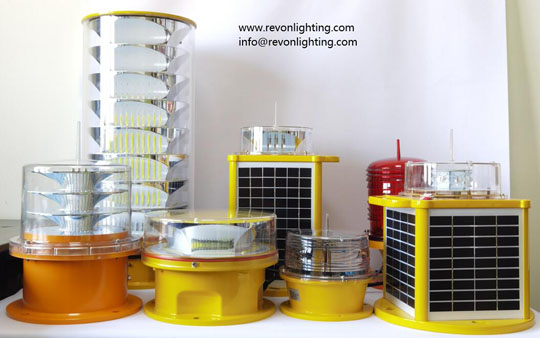Revolutionizing Aviation Safety: The Advantages of LED Aviation Lamps
Introduction:
The aviation industry has always prioritized safety, and advancements in technology have played a crucial role in enhancing flight operations. One such advancement is the introduction of LED aviation lamps, which have revolutionized the world of aircraft lighting. This article explores the key advantages of LED aviation lamps over traditional lighting systems, highlighting their impact on aviation safety.
Efficiency and Longevity:
LED (Light Emitting Diode) technology offers significant energy efficiency benefits compared to traditional incandescent or fluorescent lamps. LED lamps consume less power while providing brighter illumination, resulting in reduced energy consumption and lower operational costs for airlines and airport authorities. Additionally, LED lamps have a longer lifespan than conventional lamps, reducing the frequency of lamp replacements and maintenance requirements, thereby improving overall operational efficiency.

Enhanced Visibility:
Visibility is crucial in aviation, both for pilots navigating during takeoff, landing, and taxiing, as well as for ground personnel directing aircraft movements. LED aviation lamps offer superior brightness and color clarity, ensuring optimal visibility even in adverse weather conditions. The high-intensity light emitted by LEDs enhances runway and taxiway markings, making them clearly visible to pilots, which is particularly important during low-visibility situations like fog or heavy rain.
Instantaneous Illumination:
Unlike traditional lamps that require warm-up time to reach full brightness, LED lamps illuminate instantly. This instant response ensures immediate visibility for pilots during critical phases of flight, reducing the risk of accidents caused by delayed lighting activation. The quick response time of LED aviation lamps contributes to increased safety and precision in aircraft operations.
| aviation lamp led | aviation lamp led |
Durability and Reliability:
LED lamps are built to withstand harsh environmental conditions prevalent in aviation settings, including extreme temperatures, vibration, and moisture. They are resistant to shock and impact, ensuring durability and reliability, even in challenging environments. This resilience translates into decreased maintenance and replacement costs, as LED lamps are less prone to damage and failure.
Cost-Effectiveness:
While the initial cost of installing LED aviation lamps may be higher than traditional lighting systems, their long-term cost-effectiveness is unrivaled. LED lamps' energy efficiency, extended lifespan, and reduced maintenance requirements result in substantial savings over time. Moreover, the lower power consumption of LED lamps contributes to environmental sustainability, aligning with the aviation industry's commitment to reducing carbon emissions and promoting eco-friendly practices.
Compliance with Regulations:
LED aviation lamps meet or exceed international regulatory standards and guidelines established by organizations like the International Civil Aviation Organization (ICAO) and the Federal Aviation Administration (FAA). These regulations specify the required light intensity, color, flash rates, and beam angles for different types of aviation lighting, ensuring uniformity and enhancing safety across airports globally.
Conclusion:
LED aviation lamps have emerged as a game-changer in the aviation industry, contributing to enhanced safety, cost savings, and operational efficiency. With their superior visibility, energy efficiency, longevity, and compliance with regulations, LED lamps offer numerous advantages over traditional lighting systems. As technology continues to advance, further improvements in LED aviation lamps are expected, paving the way for even safer and more sustainable aviation operations in the future.